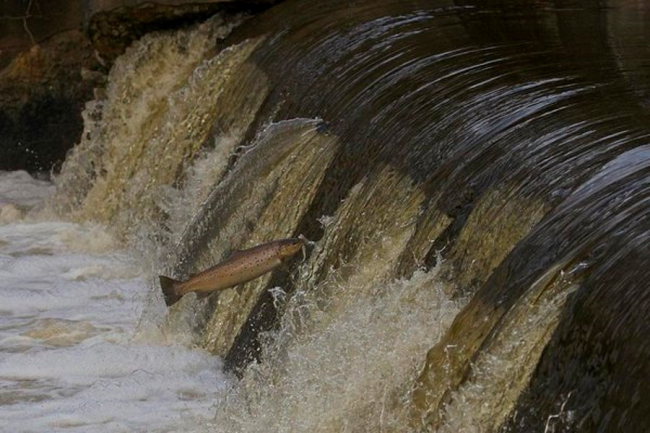Video: Badger in snowfall in final video from Latvian Animal of the Year
Posted by the Animal of the Year team in Estonian on 26.11.2016
A video of the Latvian badgers, from spring to the All Souls time 2016. It is especially nice to see at the end of the video the badger on the doorstep of his burrow on St Martin’s day this year. The snow keeps falling, the badger sits calmly and does not even think of creeping into the burrow. We also see in the video, in addition to the four badgers, hazel grouse, raccoon dogs, a wolf and other animals. The video is recorded in the Mežaparks ground, with 9 cameras at three setts.



